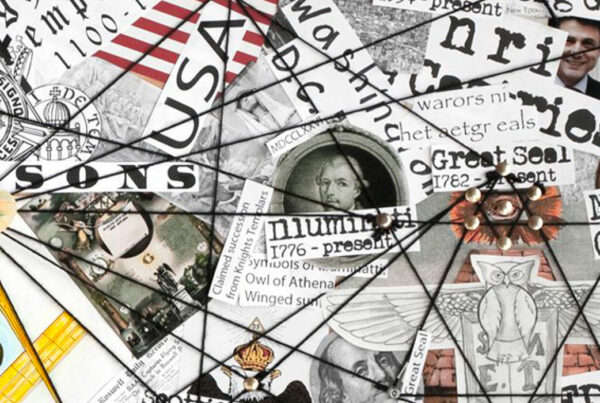1- What is the false consensus effect?
The false consensus effect is a cognitive bias that causes us to overestimate the number of people who share our opinions, beliefs, or behaviors. In other words, we tend to believe that our way of seeing the world is widely held and shared by the majority.
This bias leads us to think that our ideas are more popular than they really are, which can lead to misunderstandings, misjudgments, and closed-mindedness toward different perspectives.
2- Why does our brain work this way?
The false consensus effect is based on several psychological and social factors:
Exposure bias: We mainly interact with people who share our values and opinions, which reinforces the illusion that everyone thinks like us.
Self-validation bias: We like to believe that our opinions are correct and rational. If we thought they were minority or wrong, it would create uncomfortable cognitive dissonance.
Lack of diversity of opinion: The media and social networks expose us to content that aligns with our ideas, reinforcing our sense of being within the norm.
3- Concrete examples of the false consensus effect
In politics
An individual involved in a political movement may think that their ideas are widely shared, simply because those around them hold the same views. In reality, society is much more diverse than they imagine.
In consumer choices
A consumer loyal to a brand may assume that most people share their enthusiasm for it. However, millions of people may prefer other brands for different reasons.
In societal debates
When an individual believes that their opinion on a societal issue (e.g., teleworking, ecology, or social norms) is the most widespread, they may underestimate the diversity of existing points of view.
Spread of Fake News and Conspiracy Theories
The false consensus effect plays an important role in the spread of misinformation and conspiracy theories. When someone subscribes to a conspiratorial belief, they tend to overestimate the number of other people who share that belief. Online groups and social media algorithms reinforce this perception by highlighting similar content, creating an informational bubble effect.
For example, an individual convinced that “the media always lie” will actively seek and share content reinforcing this idea, believing that this opinion is widespread. This strengthens their beliefs, even though in reality the majority of people do not share that view.
How to Reduce the False Consensus Effect?
Be aware of the bias: Acknowledge that we all tend to overestimate how popular our opinions are.
Diversify your sources of information: Read and listen to different points of view to gain a more balanced perspective.
Step out of your social bubble: Engage in discussions with people holding opposing opinions to better understand the diversity of perspectives.
Question your certainties: Ask yourself, “What if most people don’t actually think like me?” to avoid making hasty judgments.
The false consensus effect is a powerful bias that pushes us to believe our opinions are widely shared. It distorts our perception of the world and can lock us into erroneous beliefs, particularly regarding fake news and conspiracy theories. To develop critical thinking and a better understanding of reality, it is essential to recognize this bias and expose ourselves to a wide range of perspectives.






